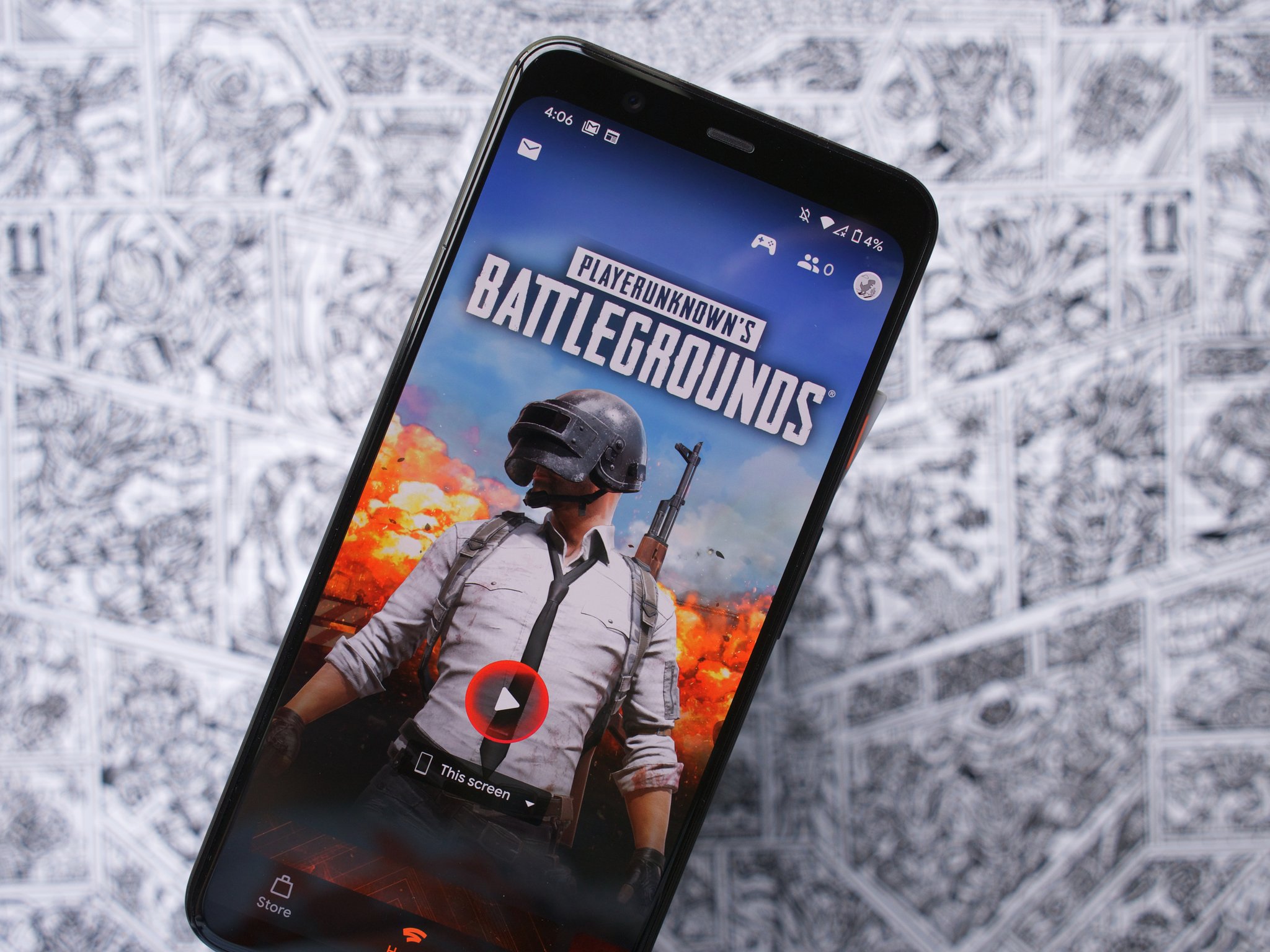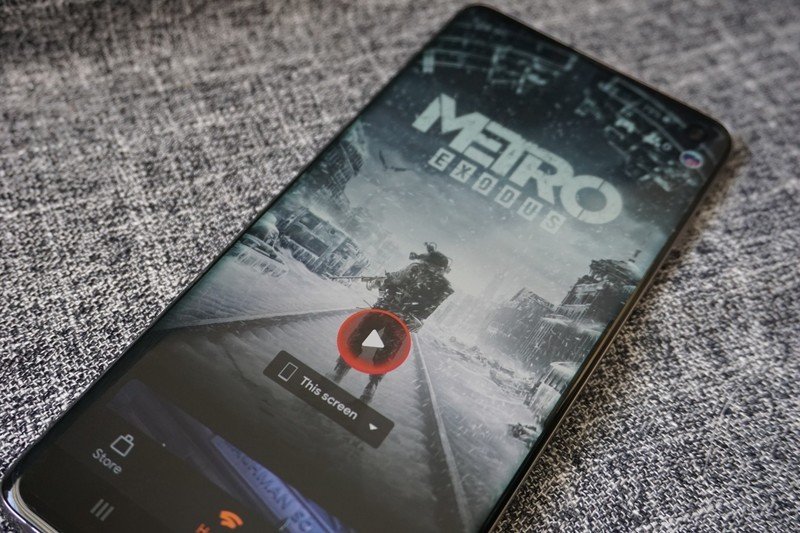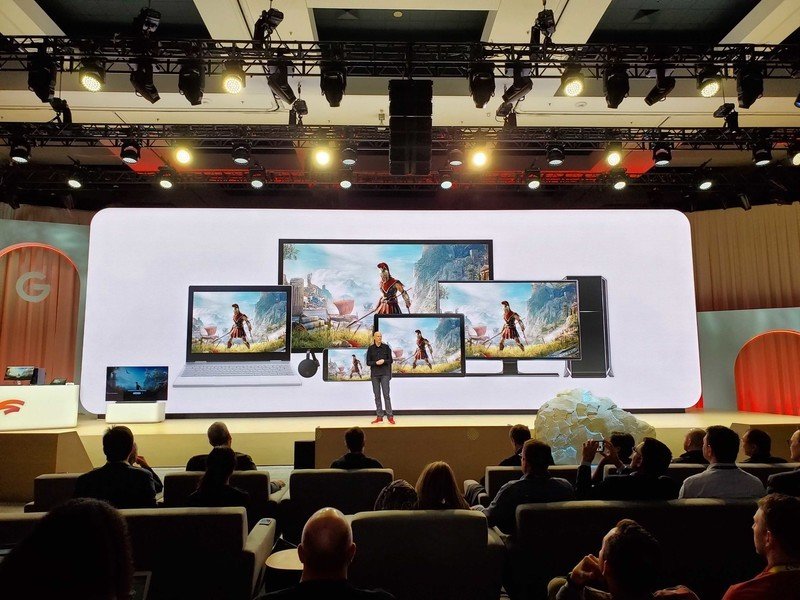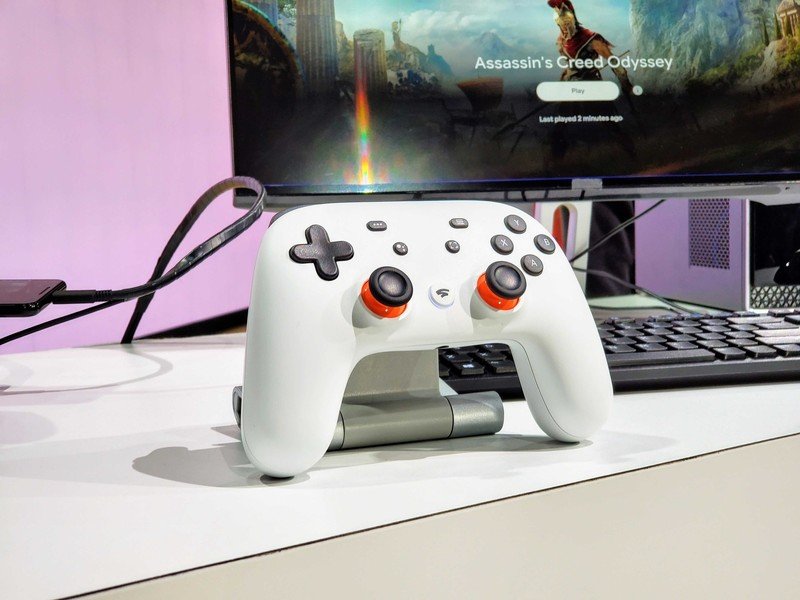It took five months but I finally fell for Stadia — here's why

My relationship with Stadia has been — complicated. When the service was initially announced over a year ago at GDC 2019, I quickly placed my pre-order for the Founder's Edition and was ecstatic to get my hands on it. A few months later in September of that year, I canceled my pre-order.
Google captivated my nerd heart with the idea of being able to play my favorite games on any screen I wanted, all without the need for downloads, installs, or updates of any kind. The concept is still just as cool as it's ever been, but leading up to Stadia's launch in November 2019, it became quickly apparent that the service was going to go through some growing pains.
We initially gave Stadia a 2.5 out of 5-star review, and three months later in March 2020, revisited it to see how things were going. Even with months to improve and polish things up, we once again gave it that 2.5 rating — citing a heap of missing features Google was previously hyping up, a tiny game library, and no iOS support (among other things).

Throughout all of this, I've been following Stadia from the sidelines as an outsider looking in. That changed at the beginning of April, however, when Google launched a two-month free trial of Stadia Pro for everyone to try it for themselves.
I've been using Stadia off and on since then, and my thoughts on the service are more twisted than ever.
Let's start with the good. I've messed around with other streaming services like GeForce Now and Shadow, and at least in my own experience, Stadia has far and away been the most reliable. Input lag is virtually non-existent, games boot up quickly, and it genuinely feels like I'm playing a game locally installed on my iMac.
Playing games on Stadia feels every bit as fast and responsive as it does on a console.
The visual quality does look lower than what I get on my Xbox One S or PS4 Pro, but as far as the overall feeling of playing a game, Stadia nails it shockingly well. Google's boastful talk of machine learning and predicting player moves to improve quality can be a little eye-roll worthy at times, but damn if it doesn't work.
Get the latest news from Android Central, your trusted companion in the world of Android
I also adore how dead simple the user interface for Stadia is. With GeForce Now and Shadow, you need to install dedicated desktop apps in order to start playing. The first time I tried playing Apex Legends on Shadow, I had to spend nearly two hours troubleshooting because the client kept bugging out.
With Stadia, all I do is open Google Chrome, go to the Stadia website, click the game I want to play, and I'm done. This is one of the biggest selling points of the service, and Google has absolutely nailed it. I've yet to use a game streaming service that's so easy to use, and that simplicity and reliability have me wanting to come back for more in a way its competitors have not.
At its core, I'd argue that Stadia is darn near perfect. I know giving the service that much praise is an unpopular thing to do, but I stand by it. If the purpose of a game streaming platform is to make it as easy as possible to play your games without any noticeable lag, that's precisely what Google delivers with Stadia.

However, that all comes with a gargantuan but.
The heart of Stadia is wonderful, but where things fall apart is when you start adding in all of the finer details. The most noteworthy and damning example is with the game library — or should I say, the lack thereof.
Over five months after Stadia launched, the service still only has 43 games at the time of publication. For comparison's sake, there are well over 2500 games for the PlayStation 4.
As good as the tech is, there just aren't enough games on Stadia to keep me coming back for more.
That isn't a fair 1:1 comparison considering the PS4 has been out since late-2013 and Stadia first debuted less than six months ago, but the difference with Stadia is that the vast majority of games to arrive on the platform haven't been new, original titles — they're just ports of current or games or ones that came out years ago.
That's the biggest reason I haven't been using Stadia as often as I'd like. Of the games currently available to me with my Stadia Pro subscription, there are only two I'm interested in playing (Destiny 2 and PUBG). And even then, these aren't games I'm really excited about or want to play for hours on end. This is something Google is continually working on improving, but the fact of the matter is that Stadia is sorely lacking for content. I got pretty excited when Google recently announced that Jedi: Fallen Order would be coming to the service — except that it won't be out until Fall 2020. For those of you keeping track at home, that's roughly a full year after it was released for console and PC.
On top of that, there's also Stadia's pricing model. Stadia Pro costs $9.99/month, and for that price, you get 4K streaming at 60fps with access to a handful of free games every month. If you want to play games that aren't included with Stadia Pro, you need to fork over the full retail price for them.

For comparison's sake, you need to pay $4.99 for the full version of GeForce Now (no free games included) and Shadow costs a hefty $24.95 when billed annually (also no free games). There's a big difference with those services, however, in the sense that they're used to play games you already own on your computer through Steam, Origin, etc. On Stadia, you're limited to only playing games that are sold on the service — which as we've already noted, isn't a lot.
Things get really sticky when you then factor in Microsoft's streaming service - Project xCloud. You can use Project xCloud for free while it's in beta, and when it does eventually launch as a finished product, Microsoft has confirmed it'll be included in Game Pass. Game Pass costs $9.99/month or $14.99/month depending on which tier you want, and that gives you access to over 100 games on Xbox and PC (not to mention Xbox Live Gold, which also churns out free games every month). Add high-quality game streaming to the mix, and it's hard to see any leg that Stadia has to stand on.
So yeah, that's where I currently stand with Stadia. I absolutely love the service itself and how it works, but the content just isn't there to keep me coming back as often as I'd like. Plus, when xCloud is fully rolled out and as other competitors continue to improve, Stadia's pricing will be harder to justify than ever. The service has gotten a pretty bad rap, but my time with it has shown me that there are plenty of strong suits that should be praised just as much as its shortcomings should be criticized.
Maybe "love" is too strong of a word, but in any case, I'm really happy I finally got to experience Stadia for myself. I'm not ready to ditch my consoles for it just yet, but at least now I can see and appreciate what Google is trying to do with the service.
Google Stadia review, three months later: Nothing ventured, nothing changed

Joe Maring was a Senior Editor for Android Central between 2017 and 2021. You can reach him on Twitter at @JoeMaring1.
